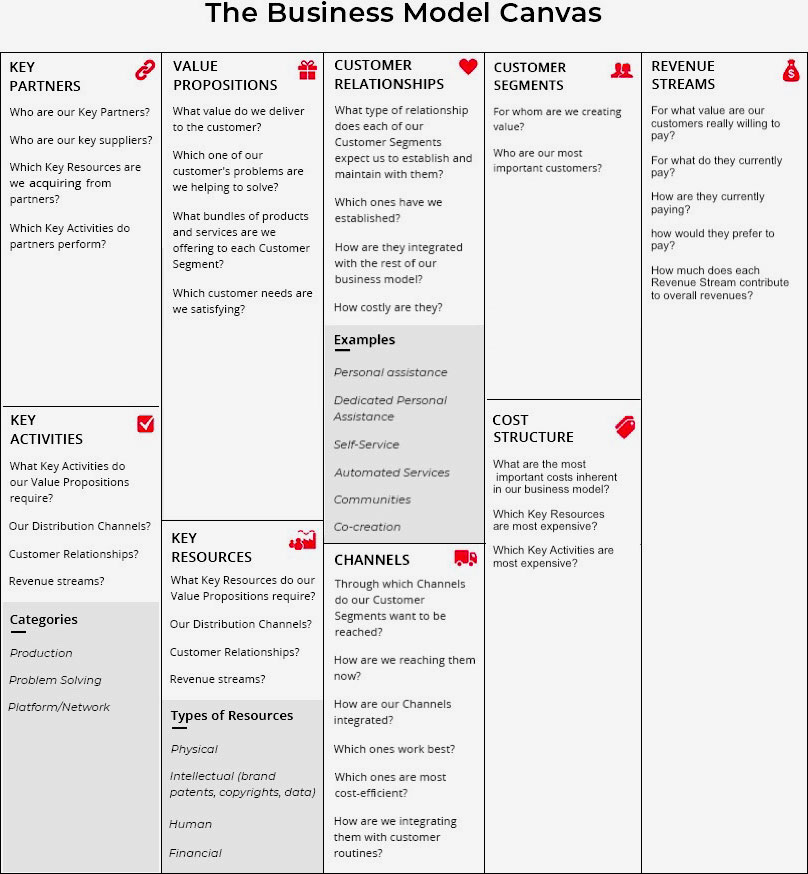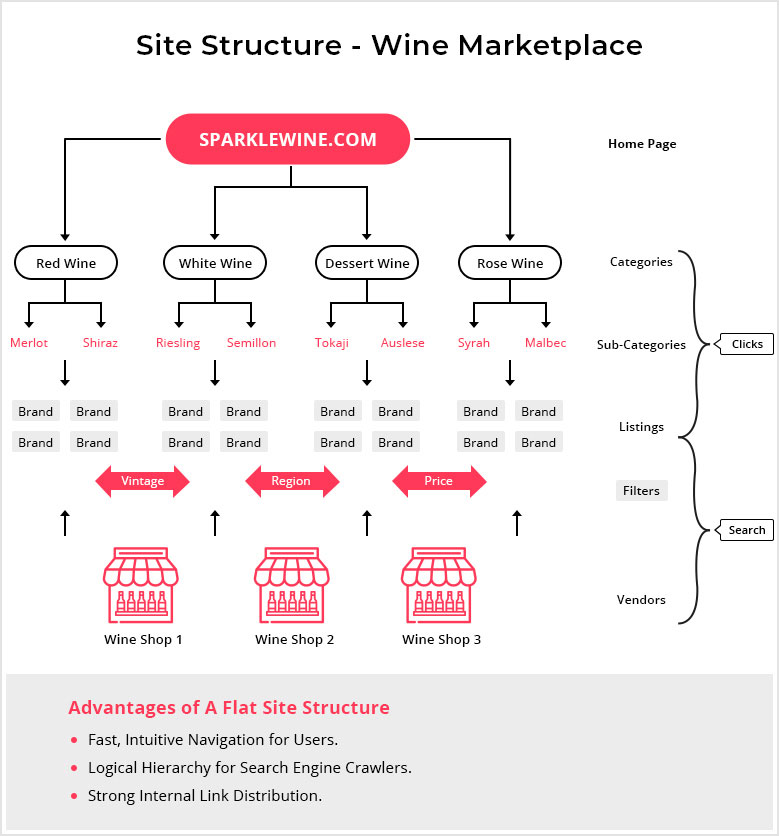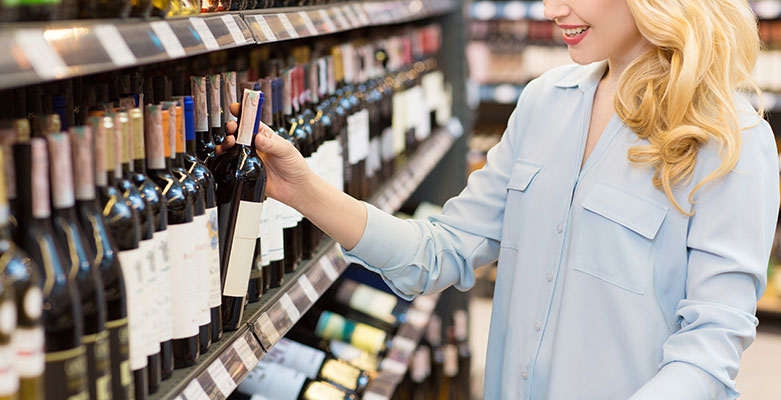The online buying preferences of consumers are changing considerably. Consumers nowadays prefer browsing online and making purchases for almost all basic commodities like groceries to luxury items like jewelry, cars, etc. While this trend of placing orders for goods using smartphones and other means of technology is picking up pace, research shows that consumers do not mind using technology to skip certain trips down the liquor store and order alcohol online.
Data from IWSR predict that alcohol eCommerce sales will grow 34% between 2021 and 2026 following the value growth of 12% in 2019 and 43% in 2020. These stats reflect that the online market for alcohol is swiftly picking up pace. Hence, it is the right time to tap into this lucrative niche.
The potential of this niche has not yet been fully discovered. Entrepreneurs who wish to set up their own liquor and wine marketplace must read ahead to know the market opportunities.
For the consumer, an eCommerce liquor and wine marketplace is where he/she can register on the website, place an order for the choicest spirits, make the payment, and receive the order. The working of the marketplace is a little complicated for the admin and seller of the website. Below is the working of a liquor marketplace:
Here’s the business model canvas that can be used to plan your firm's or product's value proposition, infrastructure, customers, finances, and other key activities. Note this business model canvas can be varied as per your marketplace business model;

Click and Collect: The consumer can order the product online but can collect it from an offline store. This model was created for the convenience of the consumer who wanted the commodity quickly. The liquor and wine marketplace should optimize its supply chain by allowing either to collect from the store or from a middle place like Amazon has created an Amazon locker.
Home delivery Model: When the customer orders liquor online and wants the delivery to happen at home. There can be two segments in this model, one where the product is delivered within some days. Second when the customer chooses the preferred day and time to get the liquor delivered. In this model, either the marketplace owner or the seller has to partner with the delivery partner to manage the logistics.
Now that the working and business model canvas of the liquor and wine marketplace is clear, the next step is to define the revenue channels. Some of the most lucrative sources of revenue for an eCommerce marketplace that sells liquor and wine are stated below:
Advertisement: Advertising is a major means of earning revenue for any eCommerce marketplace. Entrepreneurs can partner with businesses (online or offline) and promote brands for escalating their sales figures. Through display advertising and PPC, the wine marketplace and advertisers can both enjoy higher traffic. This is a great way of generating revenue and improving product visibility.
Premium memberships: To earn steady revenue, entrepreneurs should emphasize building repeat customers so they continuously place orders. For that, offering premium memberships to buyers as well as vendors is a good option for increasing revenue. Premium memberships can entail numerous benefits such as zero transaction fees, free delivery, etc.
Commission on every transaction: The most important source of revenue is by charging a commission on every transaction. The admin provides a platform for the liquor and wine eCommerce marketplace via which the transactions can be completed. T provider then can earn a commission for every transaction that is processed.
The liquor and wine industry is a vertical the potential of which has not yet been fully utilized. When a new niche becomes popular due to the needs of the consumers, there are some challenges that have to be faced by the marketplace owner. The challenges can be converted into opportunities if strategic actions are taken.
Below-mentioned is a detailed analysis of the prevalent challenges and the available opportunities in the liquor and wine industry.
Alcohol regulations and lawful restrictions: This is one of the biggest challenges surfacing in the liquor and wine industry. The existence of federal as well as state laws makes it difficult for setting up a liquor and wine marketplace. Compliance with laws and monitoring the flow of liquor and wine is a complicated process.
Due to the presence of stringent liquor and alcohol regulations and laws, the duty-free delivery and shipping of liquor and wine have become a challenge for the industry. Solution: Before starting a business in this niche understand the laws that govern it. Getting a proper license to sell as well as deliver liquor will be able to help protect you from restrictions.
America’s Three-Tier Distribution System - Originated in the 21st Amendment This law states that alcohol sales require a middleman for distribution purposes. This means the producer cannot sell directly to a retailer like liquor stores, bars, etc. Alcohol brands also cannot sell directly to the consumer only state-licensed retailers can. Consequently, tiered distribution prevents alcohol brands from operating their own eCommerce sites
The challenge of age-gating: Many websites dedicated to selling liquor, alcohol, and wine run a thorough user age check by enquiring about their year and month of birth. Websites simply ask the users to confirm their age by ticking a checkbox. It is very easy for users to enter a false age.
Although criminal charges can be pressed against such users, there is no definite interface to keep a tab on this. Solution: Develop an interface on which users have to submit an ID proof that confirms their age which will be approved/disapproved by the admin. An adult signature is required for delivery this way was adopted by Amazon alcohol delivery.
Temperature control requirements: This is a unique hurdle in the liquor and wine industry. During the delivery of liquor and wine, maintaining and controlling the temperature is a very complicated challenge. Solution: Various websites stick to the rule that permits the delivery partners to postpone shipment if the temperature is not within the 45°F-80°F range.
Logistics, and courier services: Proper tracking, packaging, and delivery of liquor and wine without hampering its quality is a major challenge in the online sales of liquor and wine. Solution: Partnering with a logistics partner that works ethically is one solution for the hampered quality. Keeping an easy return policy where the customers can return a bottle if received in bad quality.
Difficulty in creating variants awareness: The abundance of liquor, wine, and alcohol variants available makes it difficult for the consumer to choose between brands. Industrial competition has led to the creation of umpteen liquor and wine brands which creates confusion among customers. Solution: This obstacle can be tackled by providing descriptive information to consumers below every product. Managing catalog and categories in a way that makes it easy for the consumer to navigate.
Below is an example of how the brands should categories liquor according to variants:

eCommerce alcohol sales are predicted to grow by more than a third to reach nearly US$40 billion by 2026, according to IWSR Drinks Market Analysis. According to analysis from industry experts, it is estimated that this figure could be billions more if the right eCommerce tricks are followed.
The penetration of online marketplaces is shockingly low in the liquor and wine industry which means there is an abundance of opportunity in the sector.
An expanding population of drinking-age consumers: There are 75+ million millennials in the US. The youngest millennials turned 21 in 2015. This is the generation that is tech-savvy and prefers to shop for every commodity online. They expect to buy beer, wine, whiskey, and scotch over the internet with just a tap on their smartphones.
Size of the industry: According to Nielsen’s global commerce study, the average percentage of consumers that bought alcohol online across all countries surveyed was just 8%, making it one of the least-shopped categories online. The size of the industry is already humongous, and with less online competition at the forefront, it has opened opportunities for new players to understand the increasing consumer demand and capture the market.
Consumers spend 87% of their time on smartphones. Consumers are becoming increasingly comfortable with shopping online and using the Internet as their “go-to” shopping source not only to buy products but also to conduct research, check prices, read reviews, and more.
An eCommerce marketplace for liquor and wine must have the following features:
Secure payment with Payment gateway integration: The Safety of online payment is an important factor entrepreneurs must consider while launching an online liquor and wine marketplace. Having multiple payment gateways makes it easy for the customers to choose and place an order, reduces the chances of cart abandonment, and aids in fulfilling business needs.
Multilingual: For a liquor and wine marketplace who are planning to expand to the global market, language-specific content is needed. This feature allows entrepreneurs to escalate their business to the global market. Multilingual features also ensure the easy scalability of the business.
Multi-currency: Entrepreneurs can tap into global markets by accepting payments in multiple currencies. This will grow the pool of potential consumers in the online liquor and wine marketplace. Multi-currency functionality will derive customer satisfaction from the convenience of placing orders in regional currency.
Product Catalog: Creating a product catalog will enable the seller to easily showcase their entire inventory by adding specific product assortments conveniently. The added advantage is that the control of filtering products and adding them to the catalog stays with the website owner. This feature helps in keeping a track of the inventory thus leading to less work for users.
Tax management: Management of taxes attached to every product should be an integral component of an online liquor and wine marketplace. This is important because if your marketplace works on a global scale, managing the different tax rules of each country is tiresome work.
Reporting and Analytics: The feature of reporting analytics will enable entrepreneurs to get insights and analytical data on the activities in their online liquor and wine marketplace. All the information needed by an entrepreneur to know and grow their business is present in one place.
Inventory tracking: For an eCommerce marketplace such as liquor and wine, keeping a track of the product inventory will help entrepreneurs maintain sufficient stock and fulfill customers’ demands as and when required. Combining the functionality of GTIN API will greatly benefit the business and aid easy product tracking.

Entrepreneurs have to follow marketing tactics to increase the rate of conversion, encourage repeat customers or approach new customers in a liquor and wine marketplace.
If you are new to the industry before you make your own brand strategy, follow the directions of how many CPG brands market themselves. Understand their strategy and implement it according to your brand. It is imperative that an alcohol brand should take control of its own brand strategy. Start by providing consistent, accurate, and in-depth product content across multiple channels.
Whether it is sharing behind the scenes, or sharing recipes of how to make a perfect cocktail, the liquor and wine marketplace can excel in it. Consumers revisit the website if such engaging content is shared. This not only educates the customers but also ensures the rate of conversion increases at a faster rate.
Digital platforms are being widely used for sales as well as for marketing initiatives in the alcohol industry. The best way to increase sales and increase consumer engagement of alcohol brands is by developing an insightful digital agenda by including online and mobile marketing efforts. Combine experiential marketing with a digital strategy, for example, the liquor and wine marketplace should actively participate in social media conversations or groups.
The digital world is constantly evolving, making it essential to keep a tab on what the competitors are doing. Monitor online activities to understand which brand has come new to the market, which brand is liked by the customers most, what marketing tactics are other brands using, etc. This will keep your brand a step ahead of the competition.
eCommerce has changed the overall trading landscape for many industries including the liquor and wine industries. Irrespective of the umpteen number of advantages that the eCommerce industry enjoys, liquor and wine manufacturers are slowly moving from traditional offline buying and selling methods to the online marketplace. Launching your dream with a wine eCommerce platform such as Yo!Kart will help accelerate sales and experience better revenue.
If you wish to set up an eCommerce marketplace dedicated to the sale of liquor and wine, then you must ensure that the vendors you partner with have a valid license to sell liquor locally. You will have to check about the government regulations prevalent in your region to start an eCommerce marketplace that sells spirits.
Make sure you consult an experienced lawyer first to know about the licenses that you require to start an online liquor and wine marketplace as you have to keep state laws, federal laws, and shipping regulations in mind. Also, make sure you are well aware of any changes in the amendments as they could affect the sales of your business.
Are there any security risks involved in starting a liquor marketplace?Cyber attacks have become a common practice since the rise of eCommerce. Integrating cybersecurity tools in the eCommerce website is a must to help prevent cyberattacks such as phishing, E-skimming, SQL Injection, Malware, and ransomware, to name some.
The solution to securing data on your liquor and wine eCommerce platform is:
Expanding your global reach is a great way to increase online liquor and wine sales. It is an effective way of escalating your business and facilitating the flow of revenue. But before entering the international market, consider the following points:
The seller is responsible for confirming the cross-border documentation requirements for the sale of liquor and wine.
Which is the best liquor eCommerce solution to start a liquor marketplace?Yo!Kart is a leading liquor eCommerce solution that can build a feature-rich liquor marketplace. This is a customizable and scalable solution that can be used to cater to liquor businesses of all sizes as per their requirements. It comes with all the features and tools required to launch and manage a liquor marketplace without any hassle.
What is the cost to start a wine eCommerce marketplace?The cost to start a wine eCommerce marketplace depends on the approach to building the marketplace. Development from scratch takes time and effort which eventually increases the cost to build the marketplace. However, using a ready-made wine eCommerce solution will help build the solution without any hassle of development and cuts down the cost to a fraction of developing from scratch.
One such wine eCommerce platform is Yo!Kart that has all the features to build a fully functional wine eCommerce marketplace.
